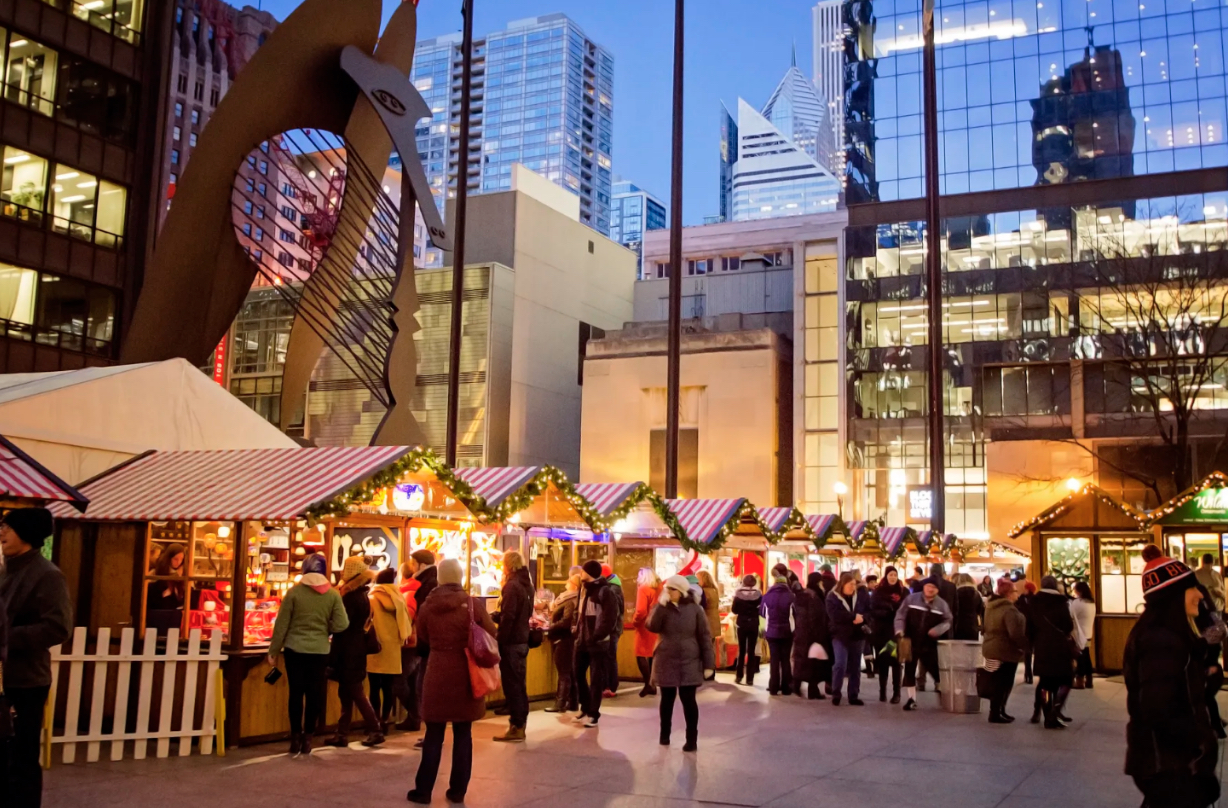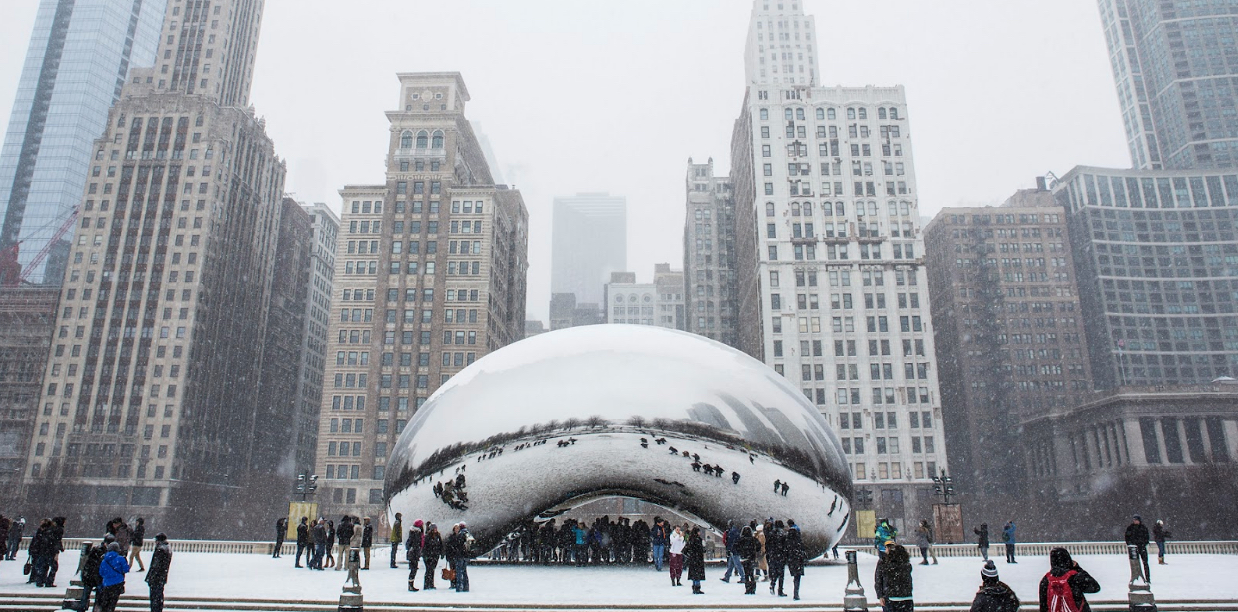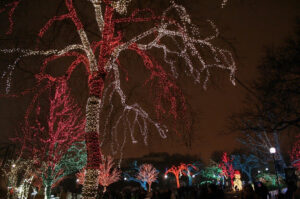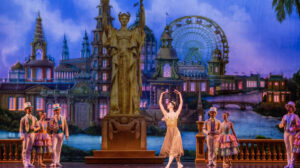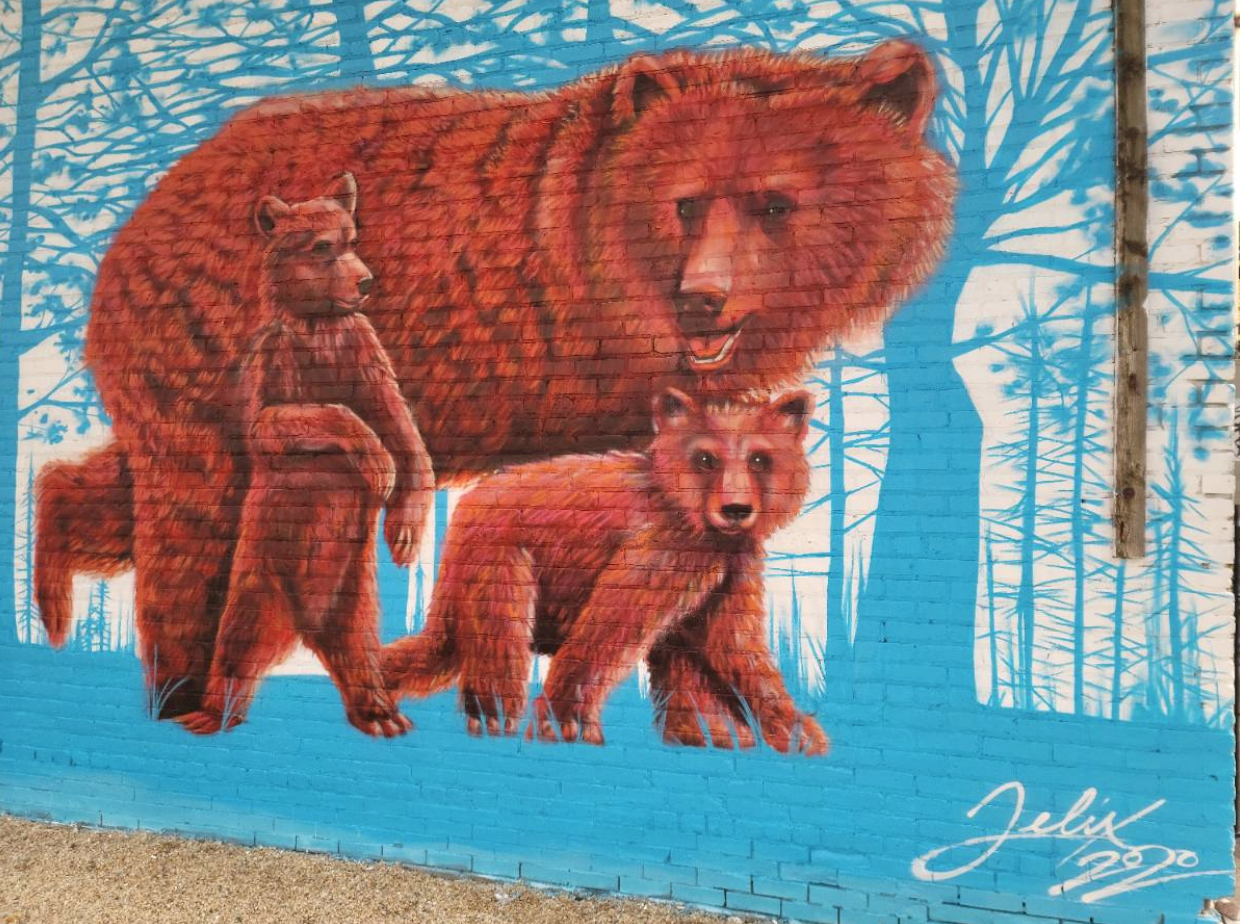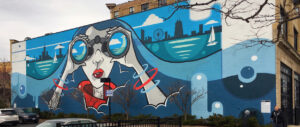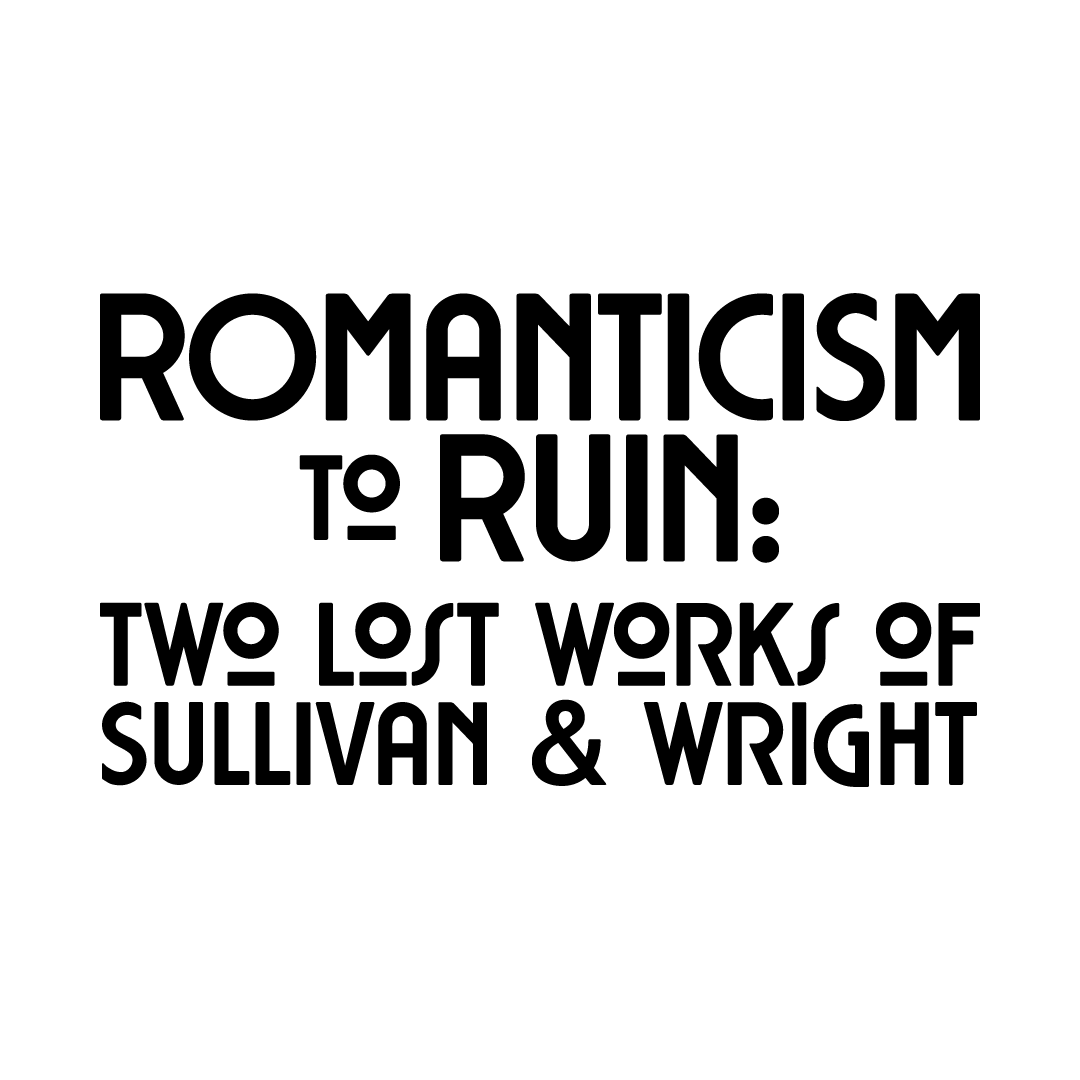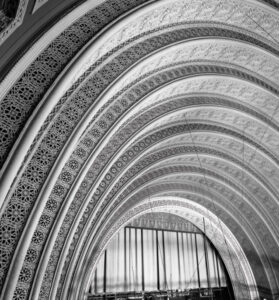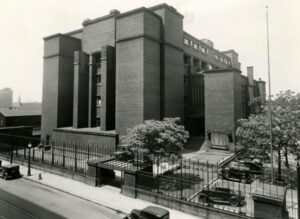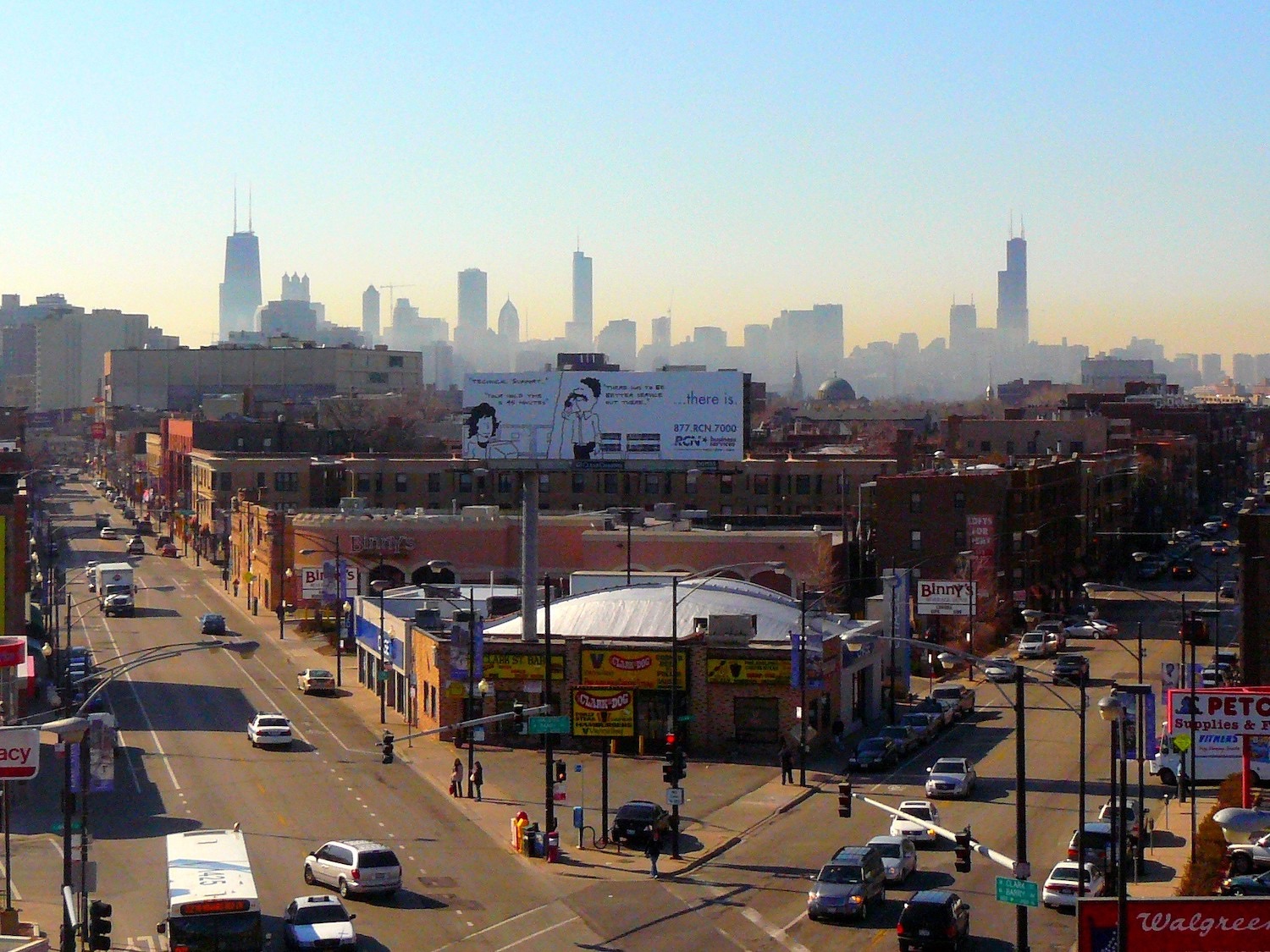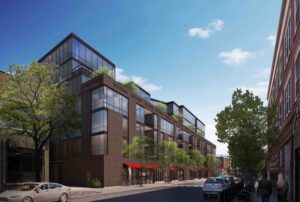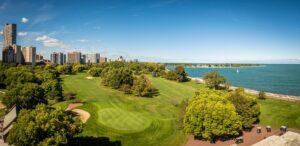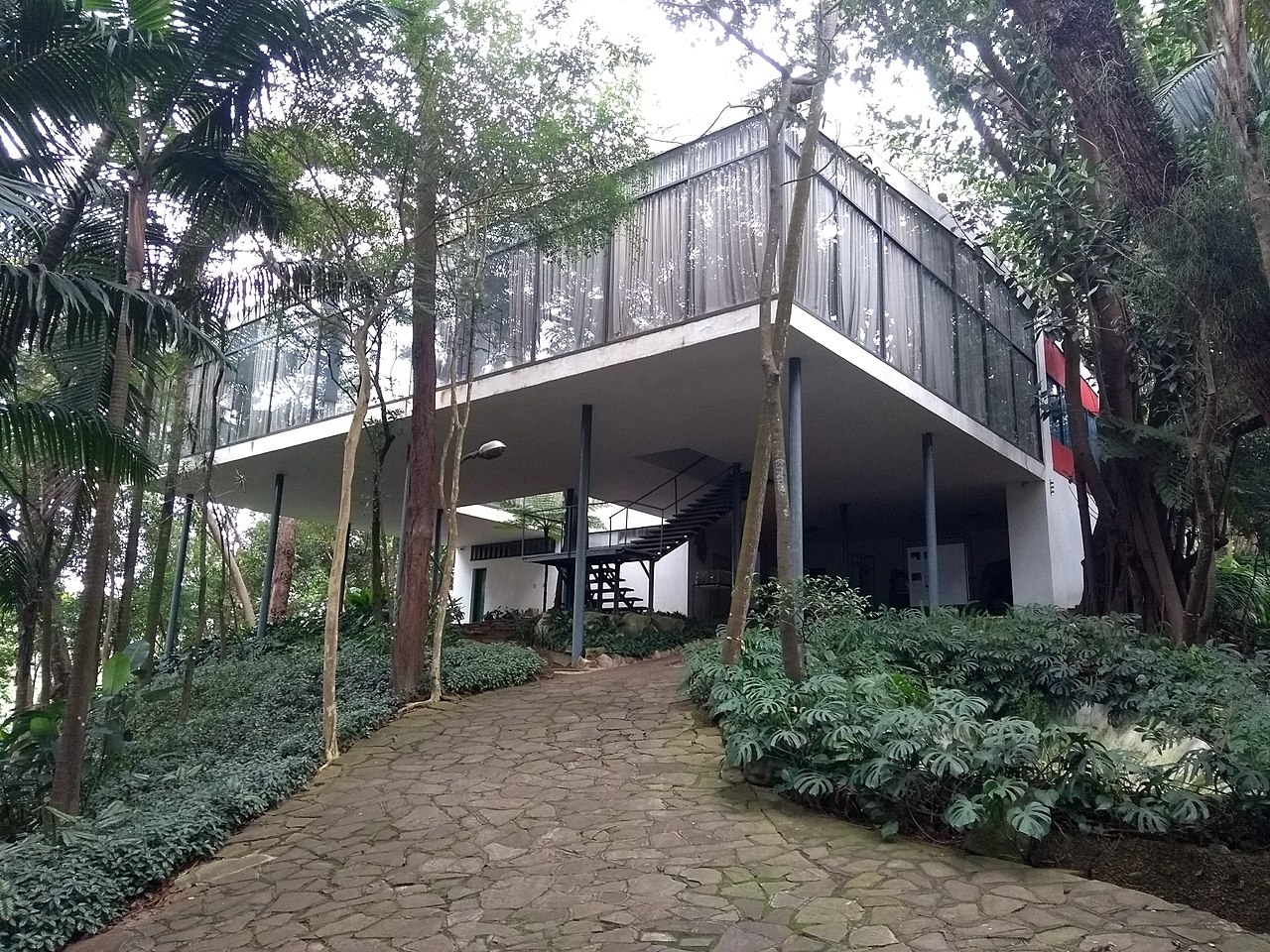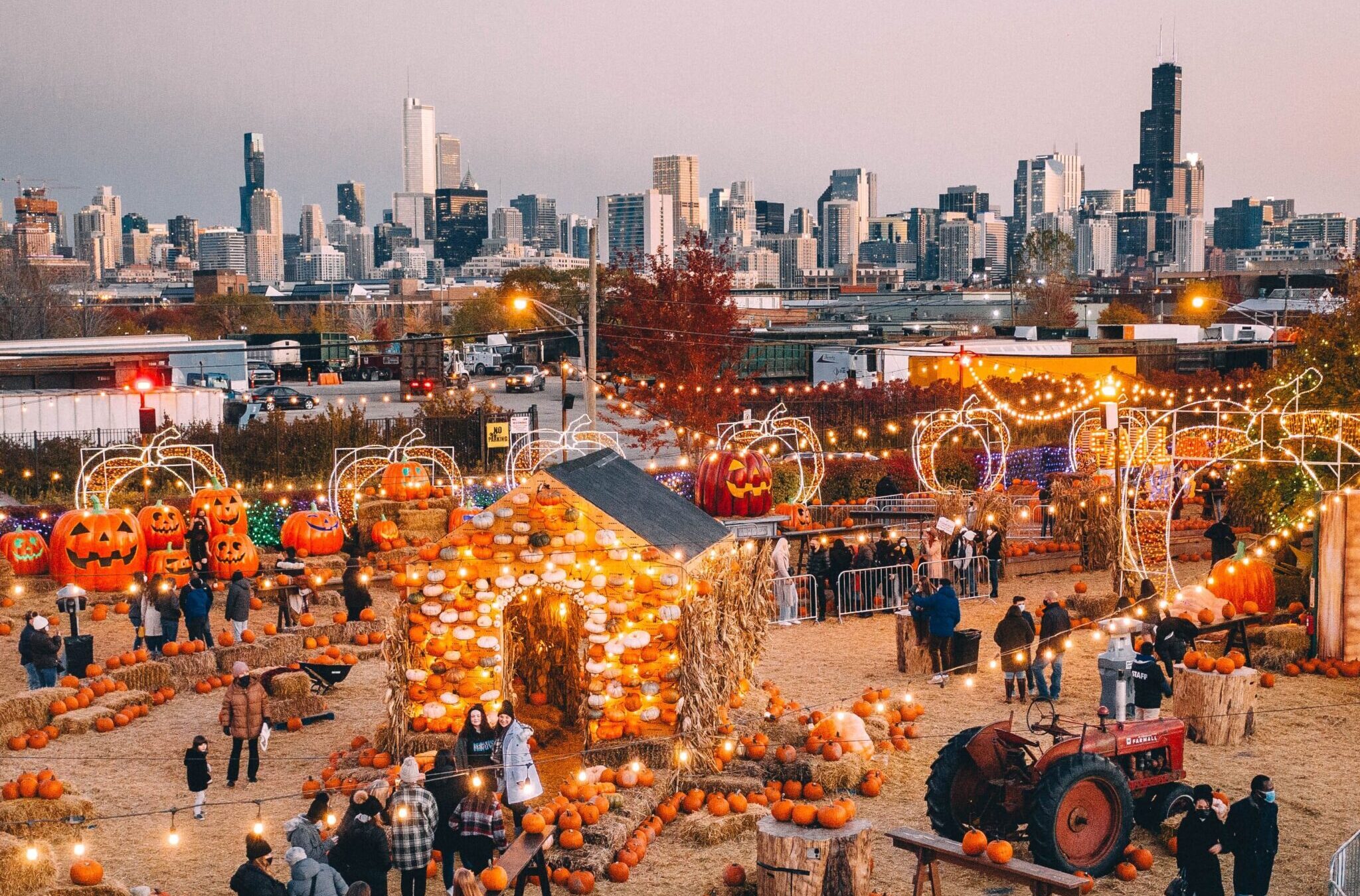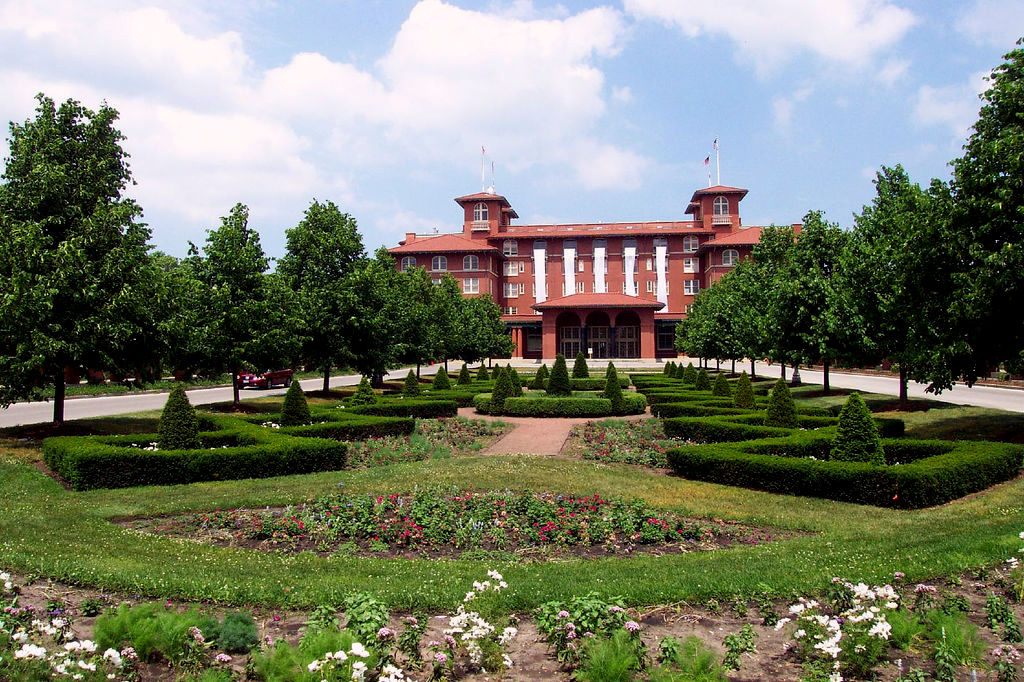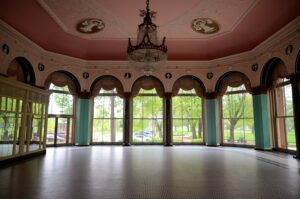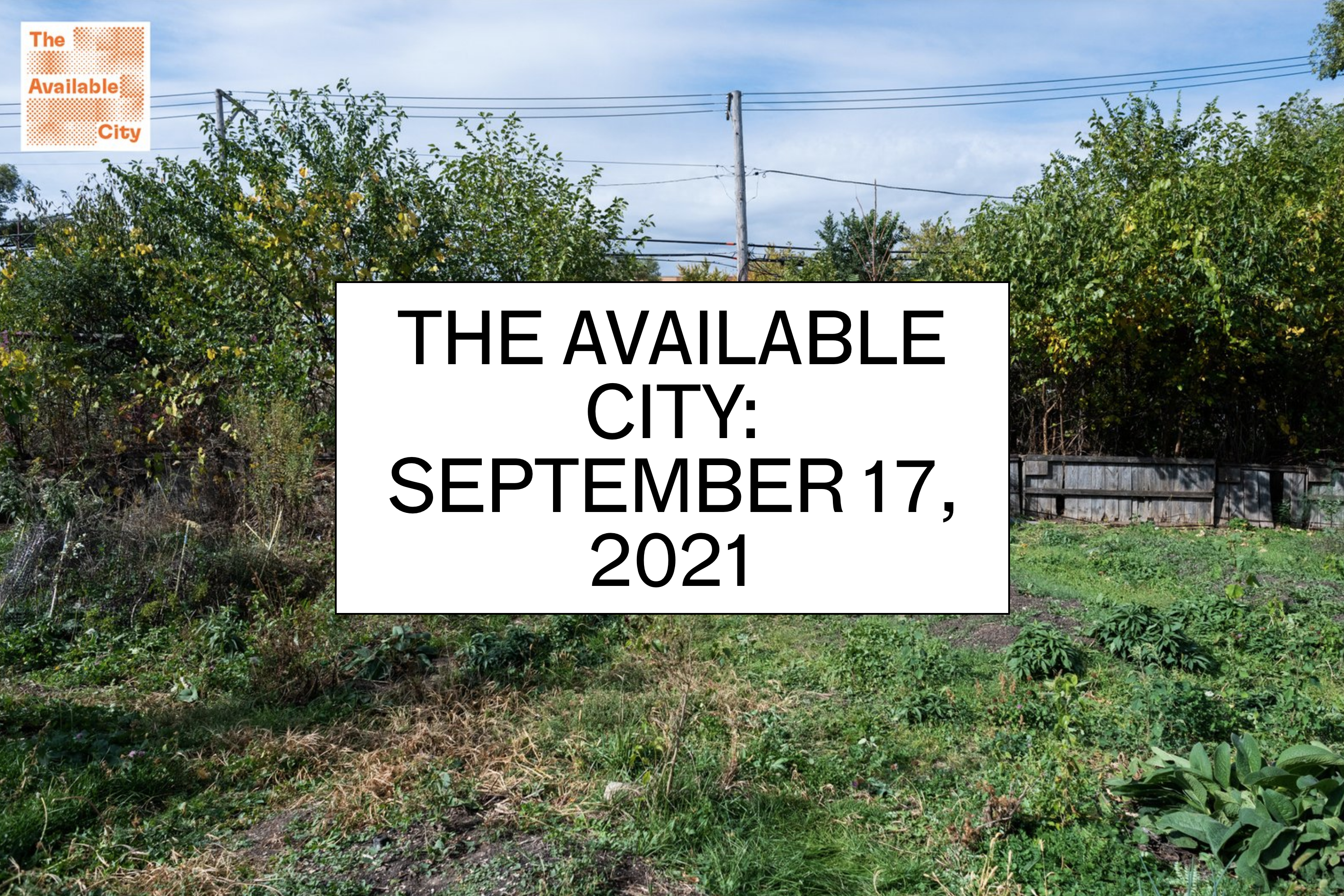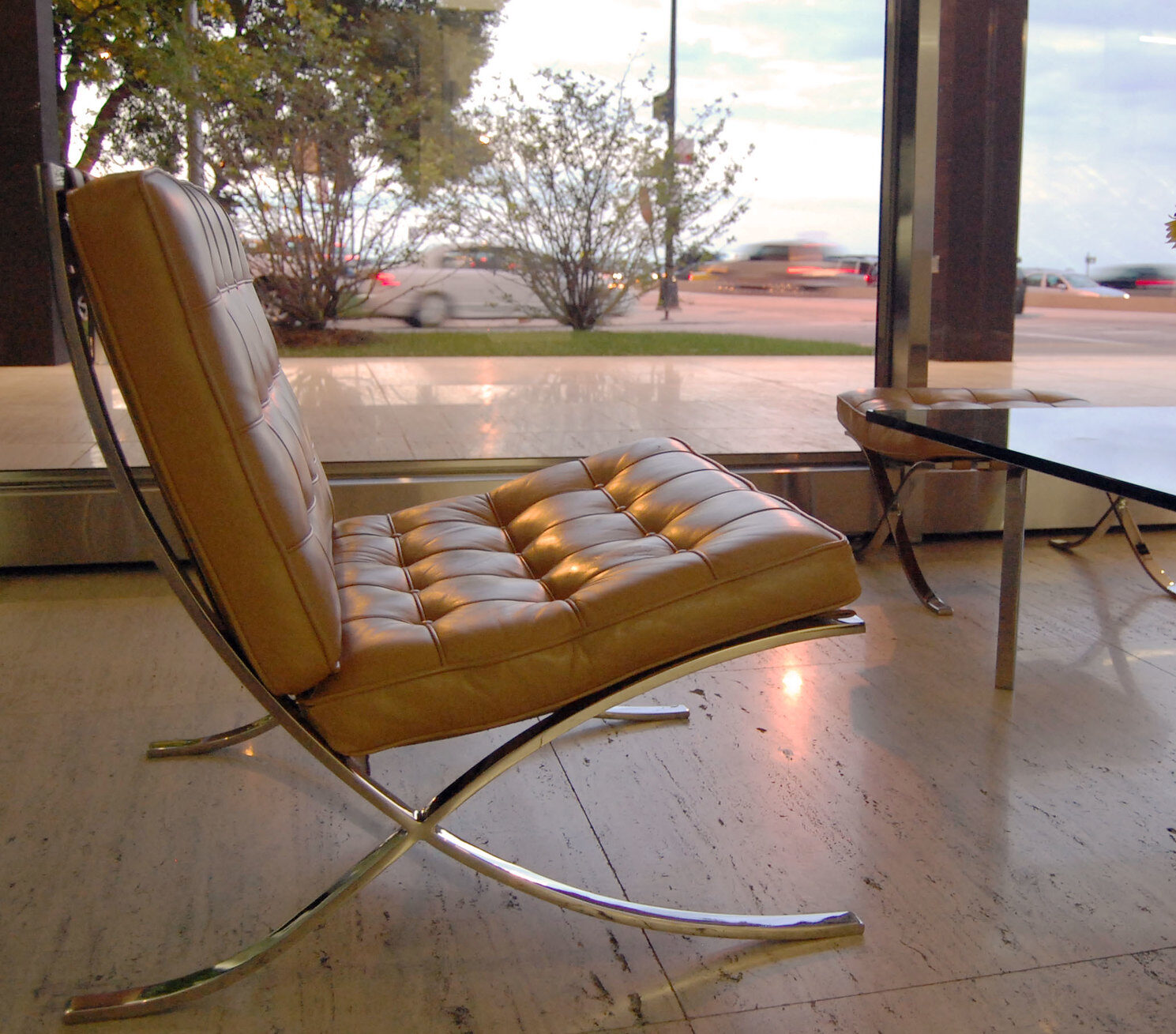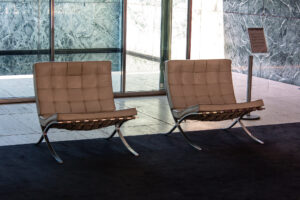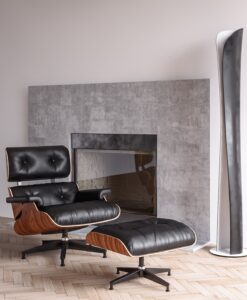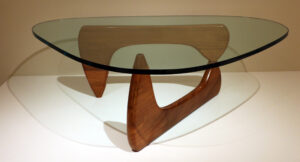One of the city’s most festive traditions, Chicago’s Christkindlmarket, is celebrating its 25th anniversary this season. The holiday favorite celebrates culture and is beloved by locals and tourists alike. And, since the celebration can be found in two locations this year, at Daley Plaza downtown and Gallagher Way in Wrigleyville, residents at Optima Lakeview and Optima Signature have prime access to the festivities just blocks away from their door.
History
Visitors have flocked to Chicago to visit the Christkindlmarket since its founding in 1996, and today, the festival attracts more than one million visitors every year. The unique outdoor market takes inspiration from one of the first outdoor exchanges of its kind from 16th century Nuremberg, Germany, which shares its namesake.
The festival embraces its Germanic heritage and brings international charm to a local scale. Traditional architecture mirroring the original outdoor markets is key to the Christkindlmarket locations, and transports visitors into a winter wonderland. Entangled in the classical architecture are ropes of vibrant lighting, garland and other merry trimmings, giving the market an extra spark of life.
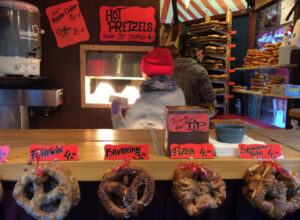
Visiting
For those who make the trip to Chicago’s Christkindlmarket for its 25th anniversary, expect a lively environment in both locations — abundant in holiday spirit, jovial music, festive activities, eccentric shops and traditional cuisines.
At the market’s Daley Plaza location, an alpine-themed heated dining area allows guests to unwind and feast on delicious foods and drinks from various food trucks, including German beer, brats, pretzels, Belgian hot chocolate and apple strudel, among others. Wrigleyville’s Christkindlmaket brings even more seasonal festivities — some traditional and some less so — with its ice skating rink, ice bumper cars, curling, holiday movies, wreath-making workshop and other curated activities.
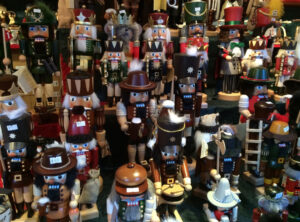
Exclusive vendors, both local and international, also fill the grounds at each location, selling their own authentically made gifts. Everything from intricately-carved nutcrackers to hand-knitted mittens can be discovered within both markets.
A truly transformed landscape, Chicago’s Christkindlmarket is the perfect tradition to take part in this winter, whether you find yourself downtown or in Lakeview. Regardless if you’re searching for an entertaining winter activity, uniquely crafted gifts for family and friends or just looking to take in the crisp winter air, consider this your one-stop-shop.
Daley Plaza’s market is open through December 24 from 11 a.m. – 8 p.m. most days, and Wrigleyville’s market is open through December 31 from 3 p.m. – 9 p.m. most days.
